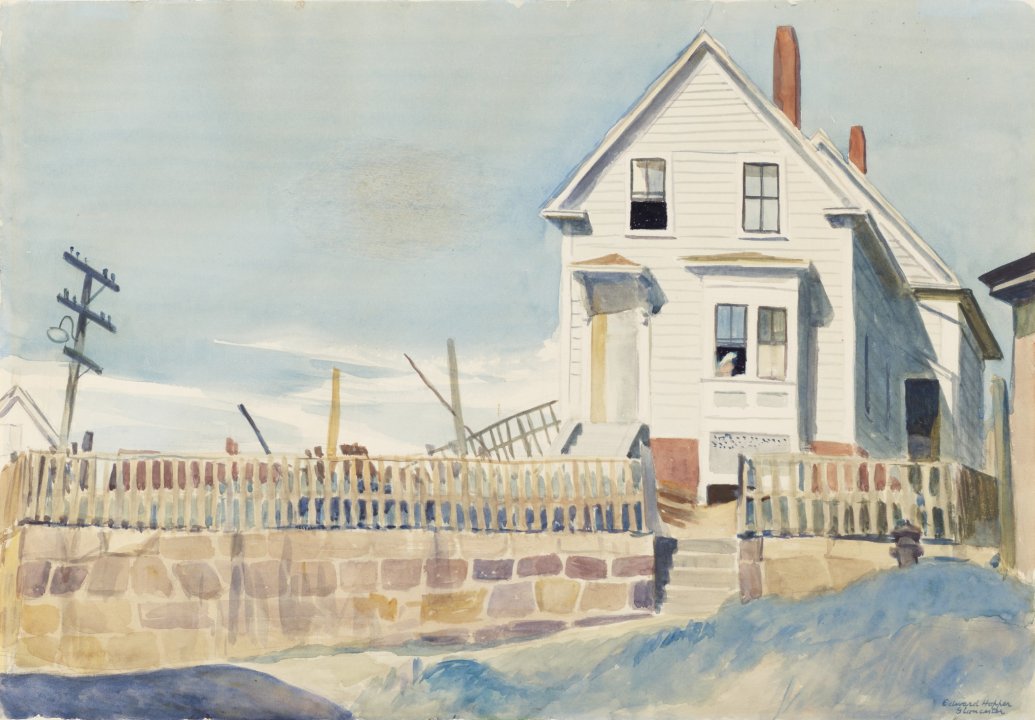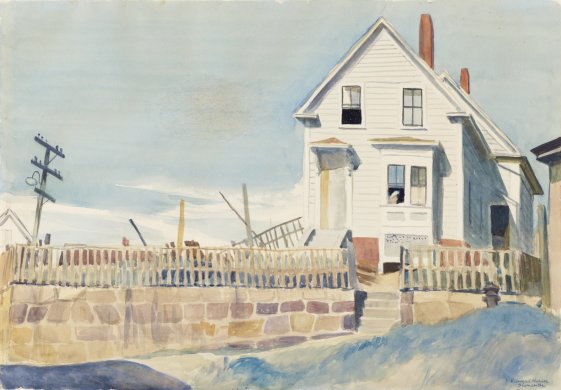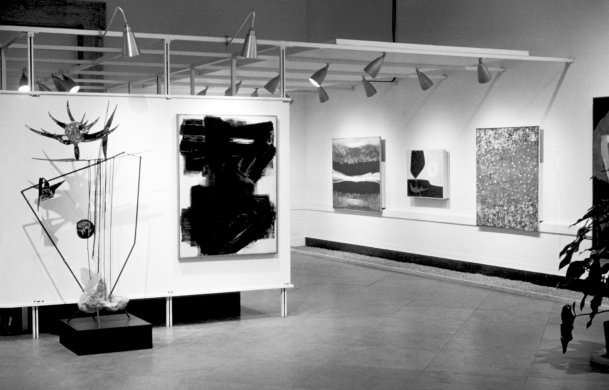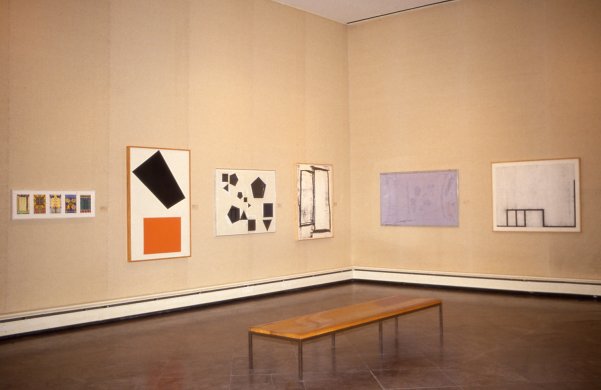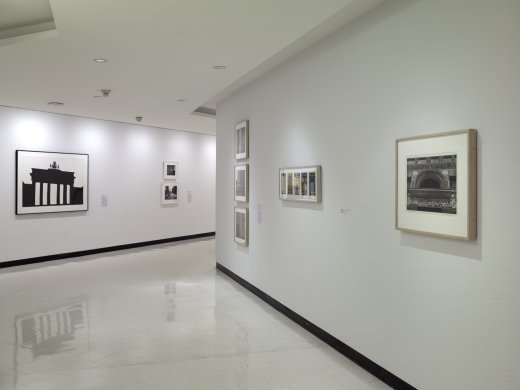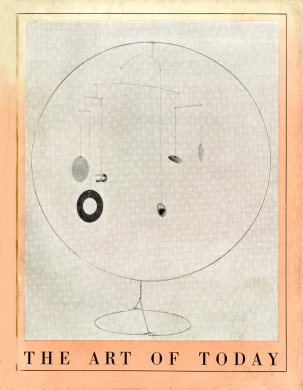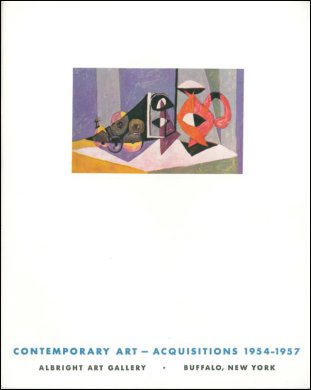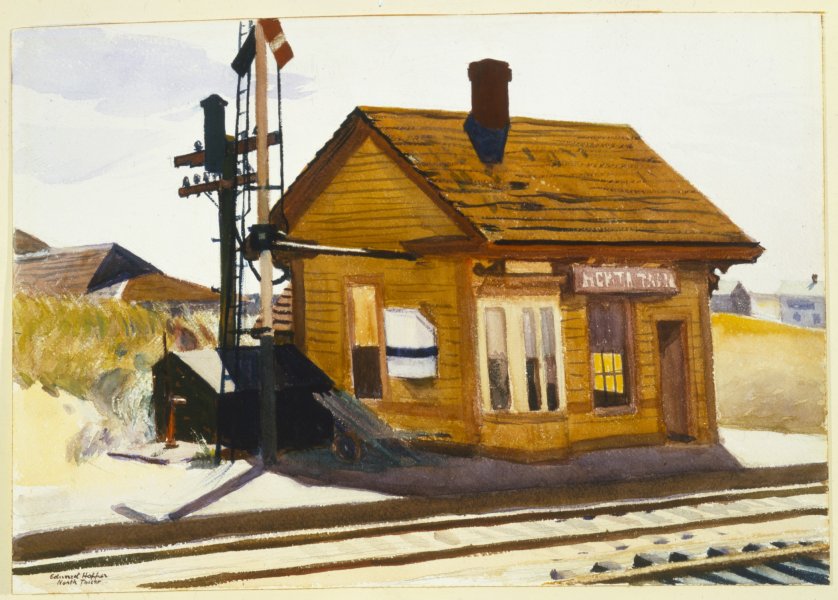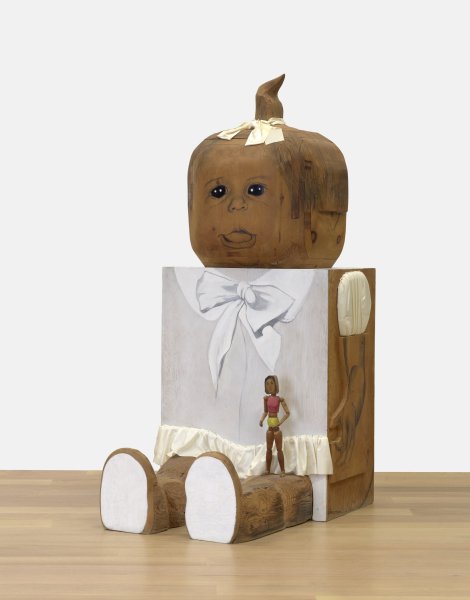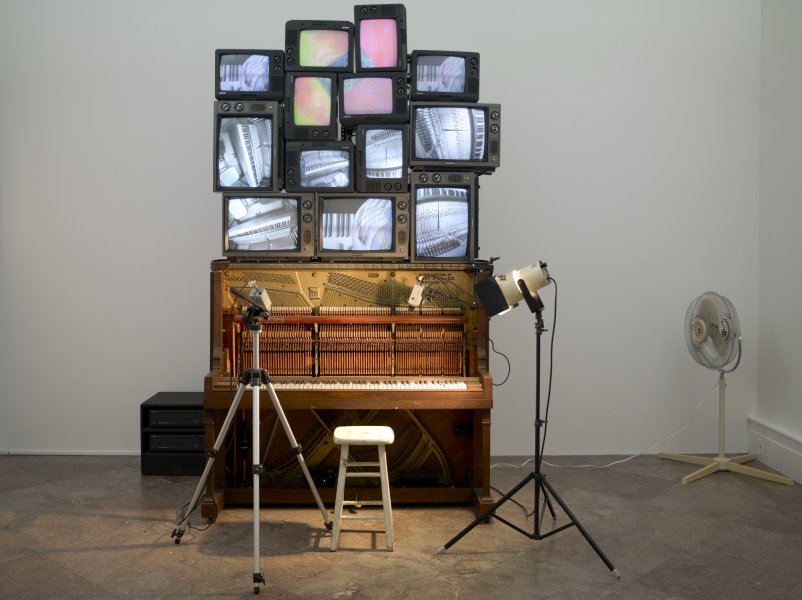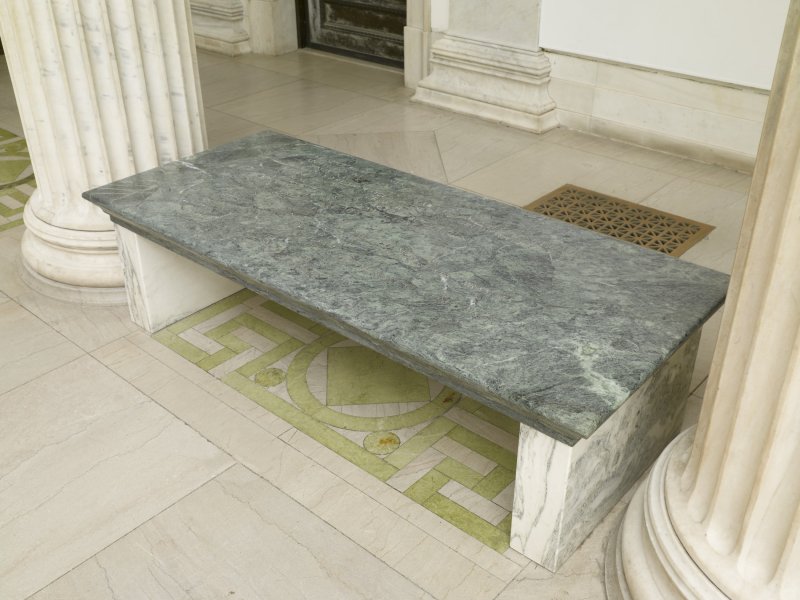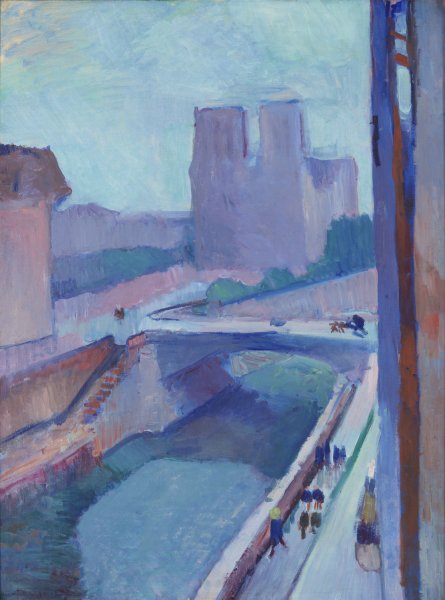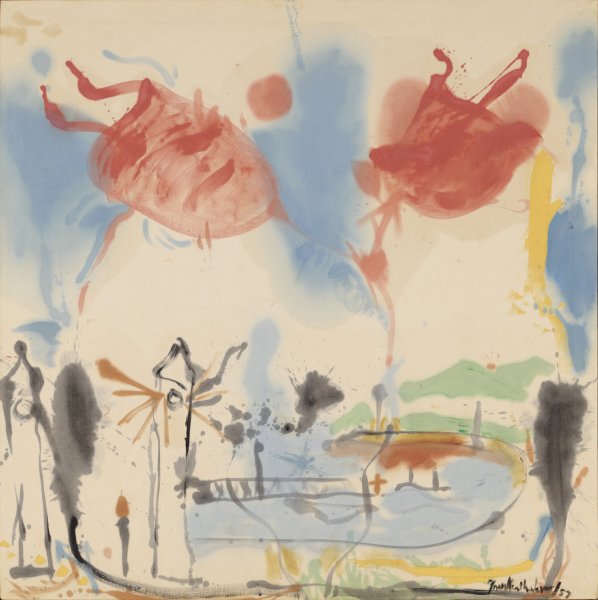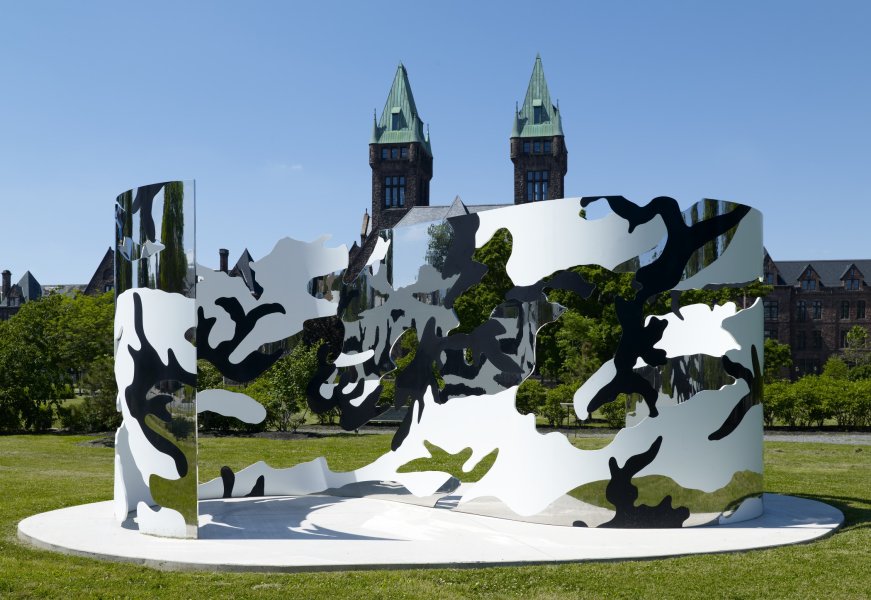Edward Hopper
American, 1882-1967
Tony's House, 1926
Artwork Details
Materials
watercolor and pencil on paper
Measurements
sheet: 13 15/16 x 19 7/8 inches (35.4 x 50.48 cm); framed: 24 13/16 x 30 15/16 x 1 7/8 inches (63.02 x 78.58 x 4.76 cm)
Collection Buffalo AKG Art Museum
Credit
Gift of Seymour H. Knox, Jr. in memory of Helen Northrup Knox, 1972
Accession ID
K1972:5
Edward Hopper’s genre paintings, which depict everyday people going about their routines, have become icons of twentieth-century life. Caught at moments of quiet reflection in offices, diners, and bedrooms, his figures seem to be in harmony with their surroundings, which function as extensions of their personalities or states of mind. The building that is the subject of Tony’s House is one such example: it stands in for the “Tony” who is named but not pictured. The modest structure, with windows opening onto its dark interior, rests quietly on an isolated lot; the neat horizontal planks of its sturdy façade contrast with the diagonal lines of the keeling electric pole and sagging brick wall. Hopper’s transformation of a domestic structure into a symbol for a particular personality ties this work to a longer history of artists using architecture as a metaphor for being human: just as we live inside our homes, we are said to live “inside” our bodies, with our eyes serving as windows onto the world.
Label from Window to Wall: Art from Architecture, November 18, 2017–March 18, 2018
